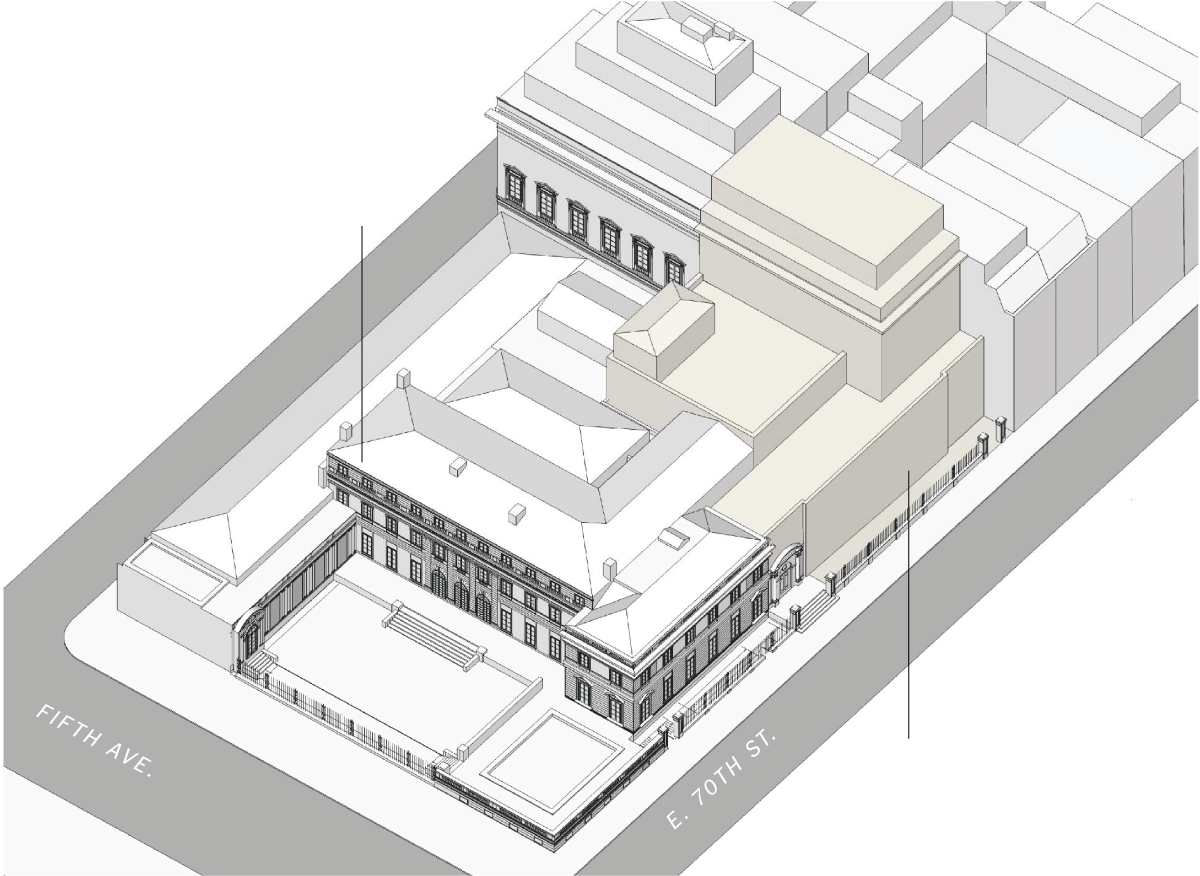Art & Exhibitions
Will Massive Expansion Destroy Beloved Frick Museum?
Director claims to value intimacy and authenticity.

Director claims to value intimacy and authenticity.

Sarah Cascone

The Frick Collection, taking a cue from other major New York institutions such as the Museum of Modern Art and the Metropolitan Museum of Art, has announced plans for an ambitious expansion with a new six-story wing, reports the New York Times.
If all goes according to plan, the museum will significantly increase its exhibition space by 50 percent for temporary shows and 24 percent for the permanent collection; open the Frick family’s former living quarters above the grand staircase to the public for the first time; and create a roof garden overlooking Central Park. The new addition would bridge the space occupied by a private garden located between the museum on Fifth Avenue and the Frick reference library on East 71st Street.
The museum cites growing attendance (300,000 annually on average, but up to 420,000 in 2013) and the inability to accommodate the large crowds drawn by blockbuster exhibitions such as last year’s “Vermeer, Rembrandt, and Hals: Masterpieces of Dutch Painting from the Mauritshuis” as the driving force for the expansion. “We sell out on a regular basis and have to turn people away,” Ian Wardropper, the museum’s director, told the Times.

An architectural plan for the Frick Collection expansion.
Photo: courtesy Davis Brody Bond.
Known for its small, intimate galleries of Old Master paintings, European sculpture, and decorative arts, the institution is housed in a industrialist Henry Clay Frick’s Gilded Age mansion, designed by Thomas Hastings (1912–14). Any alterations or additions to the historic building are likely to face close scrutiny from its neighbors, not to mention city landmark officials.
The Whitney Museum of American Art previously had plans for a new nine-story building in a nearby historic district stymied by neighborhood and preservationist opposition, and will soon leave the Upper East Side for its new home near the High Line in the Meatpacking District.
Wardropper says he is well aware of the challenges the Frick’s expansion project will take. “We and our public revere the authenticity, the intimacy of the space,” he assured the Times. “So this is a responsibility we take very seriously.”
The Expansion Will Try to Match Its Appearance
The extension has been designed by Davis Brody Bond, the firm responsible for the new National September 11 Memorial Museum‘s interior. Done in the same Beaux-Arts style as the original home, the expansion will do its best to match the appearance of the iconic mansion, employing the same Indiana limestone in its exterior. (In contrast, the Morgan Library & Museum, also a relic of the age of Robber Barons, took the opposite tack with its new wing, completed in 2006, opting for a light and airy extension of steel and glass by Renzo Piano.)
The latest plans follow unsuccessful expansion plans from 2001, 2005, and 2008, although an outdoor portico was enclosed to create an interior room two years ago. A third of the 60,000 square feet of new construction will replace part of a 1977 addition that included the entrance lobby. Prior to that, the building had not been altered since 1935, when architect John Russell Pope helped convert the private home into a museum. Should the Frick receive permission to move forward with its plans, construction would begin in 2017, with an as-yet undisclosed budget.